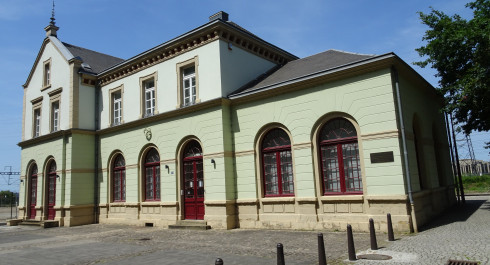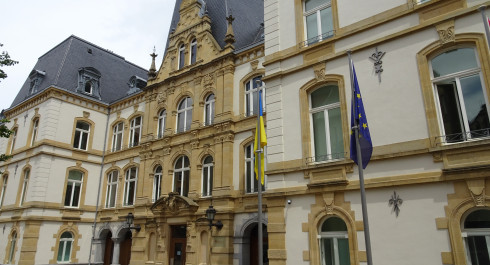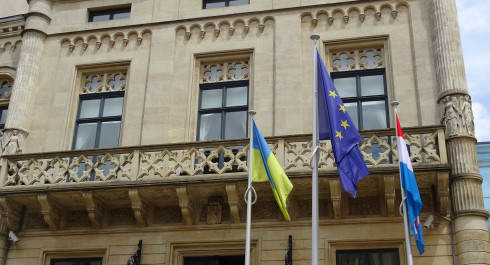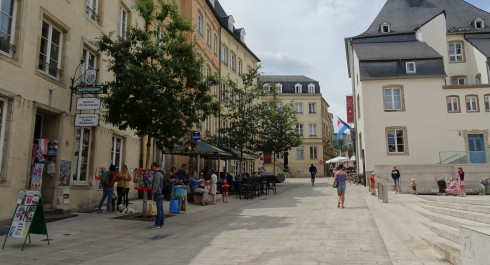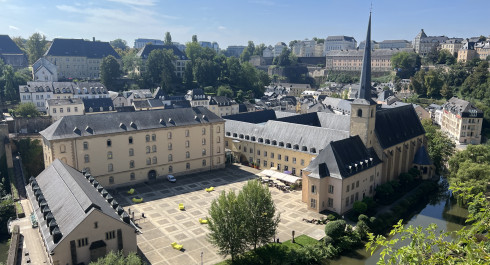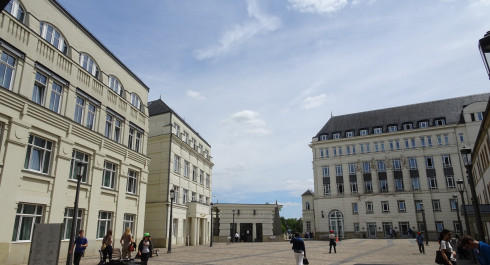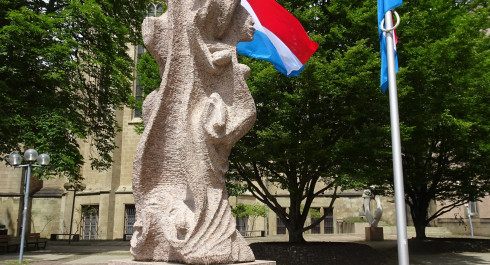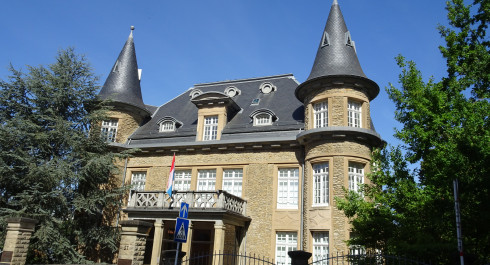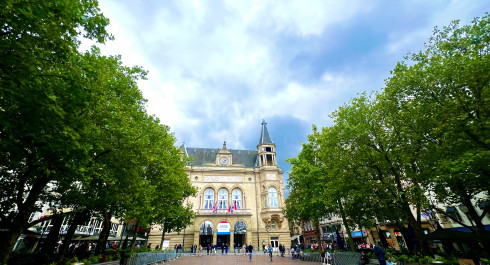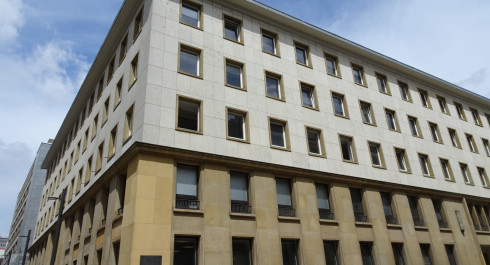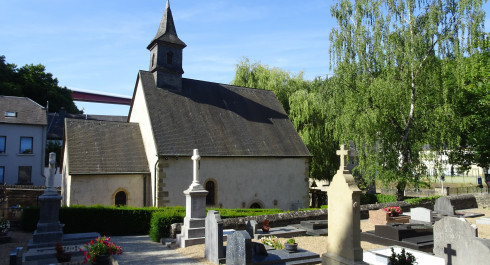
15. Siechenhaff
15. Siechenhaff
‘Siechenhaff’ (‘Val des Bons-Malades’ in French) is the local name for part of the present Pfaffenthal quarter of Luxembourg city. It is reached when passing under the historic archway - ‘Siechentor’ - that was part of Luxembourg’s former fortifications.
The ‘Siechenhaff’ was located outside the city walls in the Alzette Valley. At the time it was a hospice especially for the infirmsuffering from leprosy. This was long before an effective medical treatment and cure would become available and these patients were doomed to languish and suffer an agonising death. Leprosy was prevalent and feared throughout Europe in the same way as cholera and plague and the result of poverty, starvation, undernourishment, a lack of hygiene and the close quarters within city walls.
Fear of infection meant that anyone suspected of being diseased was officially forced to leave the city and to eke out a living as a beggar. In order to warn and protect townspeople to keep their distance, those infected with leprosy were obliged to carry a rattle. To avoid further contamination, the infected were strictly forbidden to walk barefoot or drink from a well.
However, this treatment of those afflicted and suffering violated the Christian principle of compassion for the destitute and persons in need of care. In 1289, the head of state responsible for Luxembourg at the time ordered a leprosarium (the correct designation for the ‘Siechenhaff’) to be built outside the city’s gate. The leprosarium comprised a group of buildings with a hospital to accommodate and care for those most in need. In addition, there was a chapel and cemetery, since after death those suffering from leprosy would continue to be isolated. Monks and nuns took on the responsibility for the care of their patients without regard for their own health and wellbeing.
In the middle of the 18th century, leprosy disappeared definitely from Luxembourg and the leprosarium was closed in 1770. What has remained are the cemetery and the Saint-Peter-the-Martyr Chapel. The latter is currently used as a mortuary.
Interesting Detail
Annually since the Middle Ages, the third Sunday after Easter has been celebrated in Luxembourg as ‘Fliederchers Day’. These are small tarts made with eggs and cream that are blessed in church and then sold. The proceeds were for the benefit of sufferers of leprosy. This old custom was revived by the ‘Pfaffendall-Siechenhaff Social Interest Community’ in the 1970s with the proceeds used presently to support international charitable organisations.
Significance for Human Rights
The ‘Siechenhaus’ was an institution meant to isolate people, but simultaneously to offer the afflicted a dignified end of life. Although society did not tolerate their presence in the city out of a justified fear of infection, there were nonetheless people prepared to support those afflicted.
The establishment of leprosaria around Europe must be judged as positive. On the one hand, it protected the healthy people from falling ill and on the other hand, the sufferers were cared for using the best means available at the time.
Article 22
Everyone has the right to social security.
Article 25
Everyone has the right to a decent standard of living, including medical care and social services.

